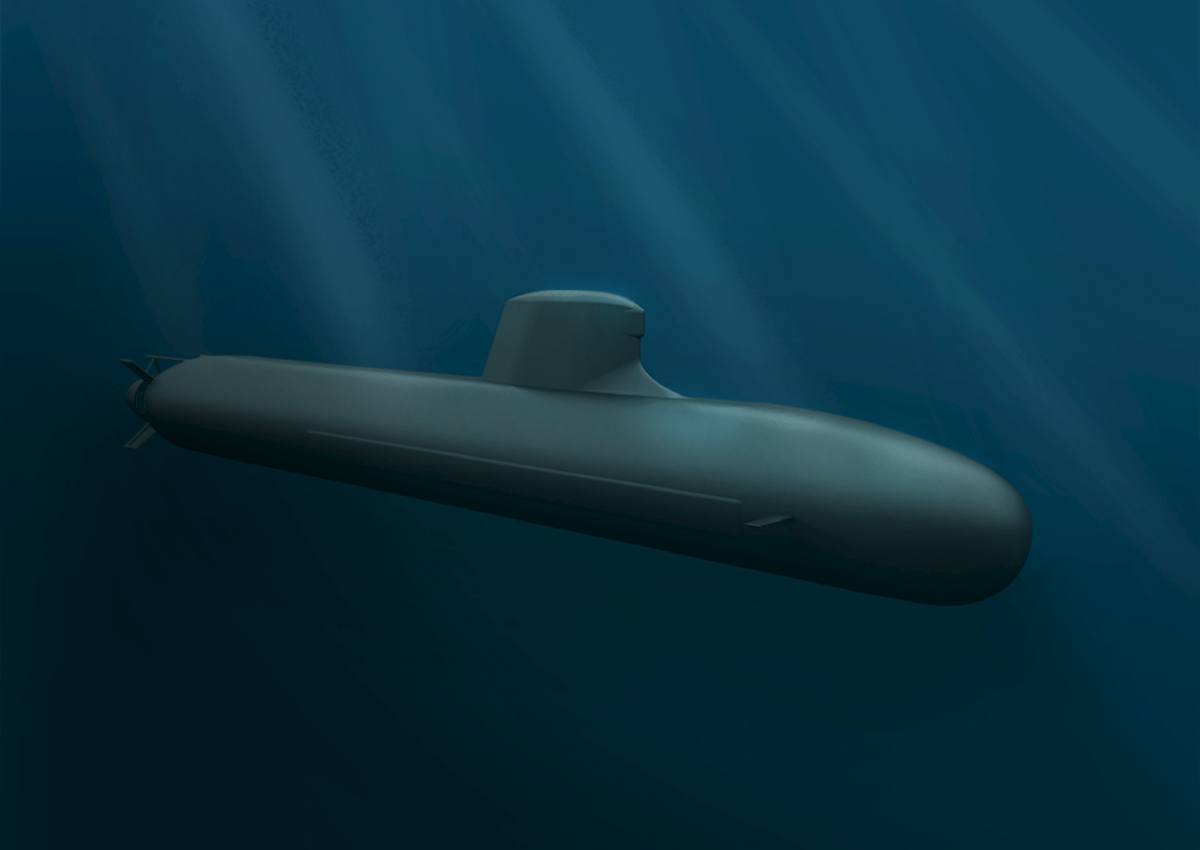The ocean depths of the Pacific are becoming crowded in the latest stage of Asia’s arms race, as the region’s military powers rapidly increase their submarine fleets and deploy the very latest technology.
Australia’s decision to buy 12 highly advanced diesel-powered submarines from France’s well-regarded defence contractor DCNS is the latest example. The 4,700-ton Shortfin Barracuda boats will cost nearly $40 billion, but will allow Canberra, a key US ally, to double the size of its underwater fleet and add significant extra firepower.
The decision comes at an opportune moment; many of the most senior US admirals in the Pacific Fleet are very concerned about the rapid improvement in Chinese subsurface capability and the United States Navy has taken steps in recent years to mitigate it.
The Americans have introduced advanced anti-submarine warfare systems, including integrated computer systems, highly sensitive sensors towed behind ships which can “hear” the acoustic signature of submarines over hundreds of miles, and P-8 Poseidon maritime patrol aircraft, commercial jets with very long range that can listen for submarines across huge expanses of the ocean.
Whether or not these measures will enable the US to retain its edge in undersea combat over China remains to be seen. As a senior US Navy official said: “We know they are out experimenting and looking at operating, and clearly want to be in this world of advanced submarines.”
Read the full article here
Admiral James Stavridis was the 16th Supreme Allied Commander of NATO (2009-2013) and spent over half his naval career in the Pacific. He is now Dean of the Fletcher School of Law and Diplomacy at Tufts University.
















